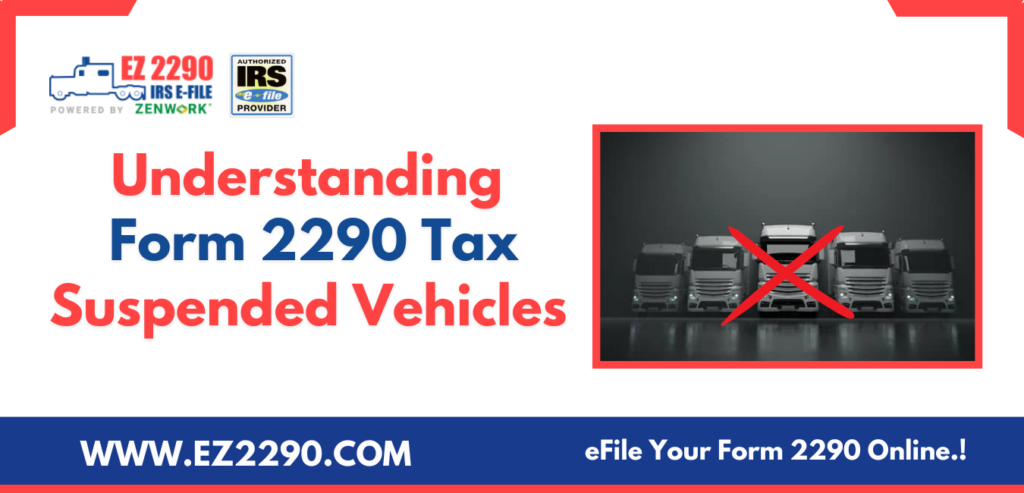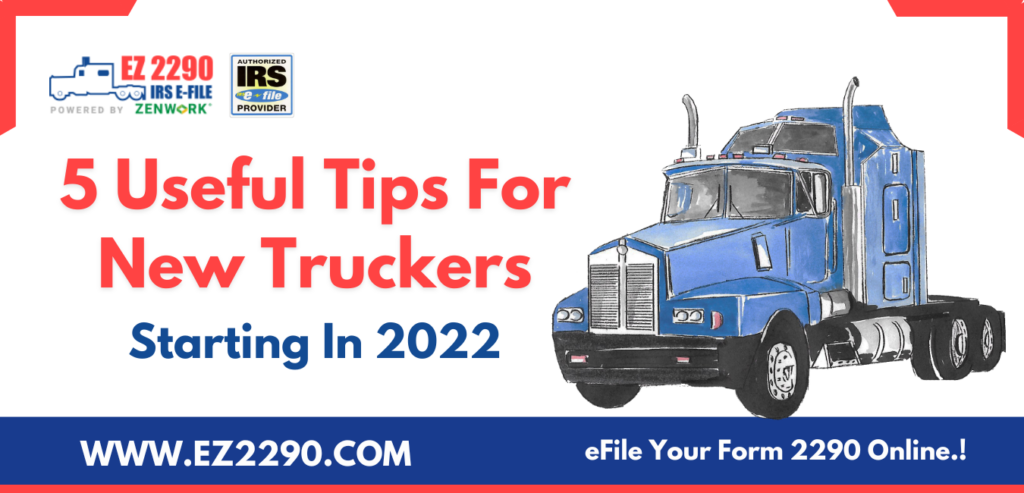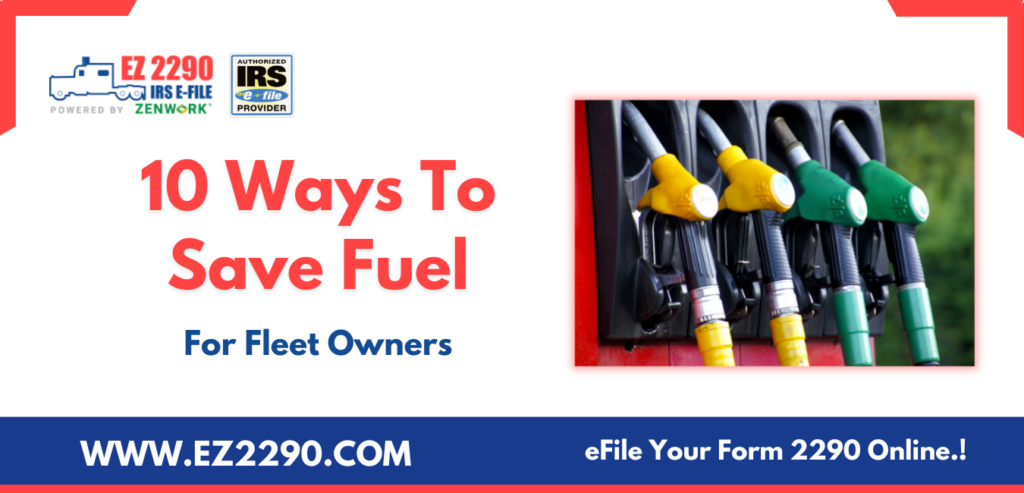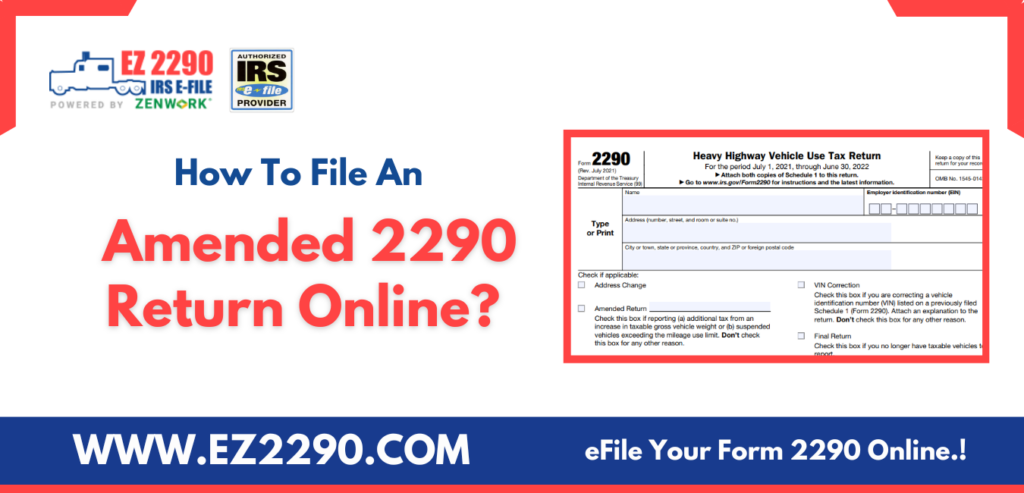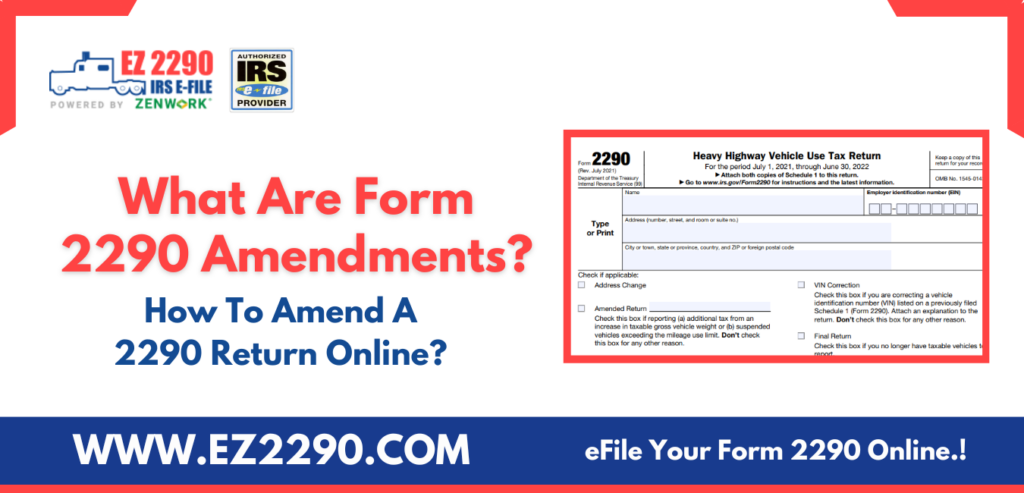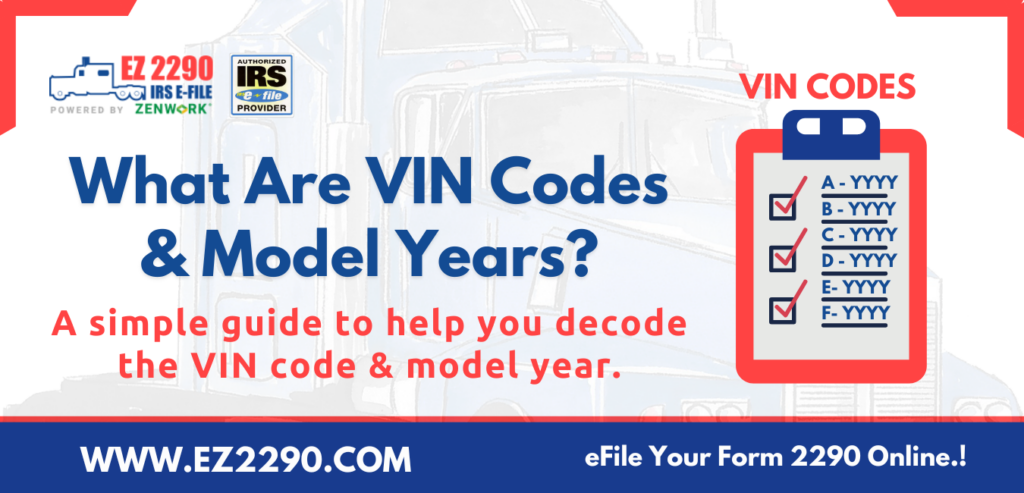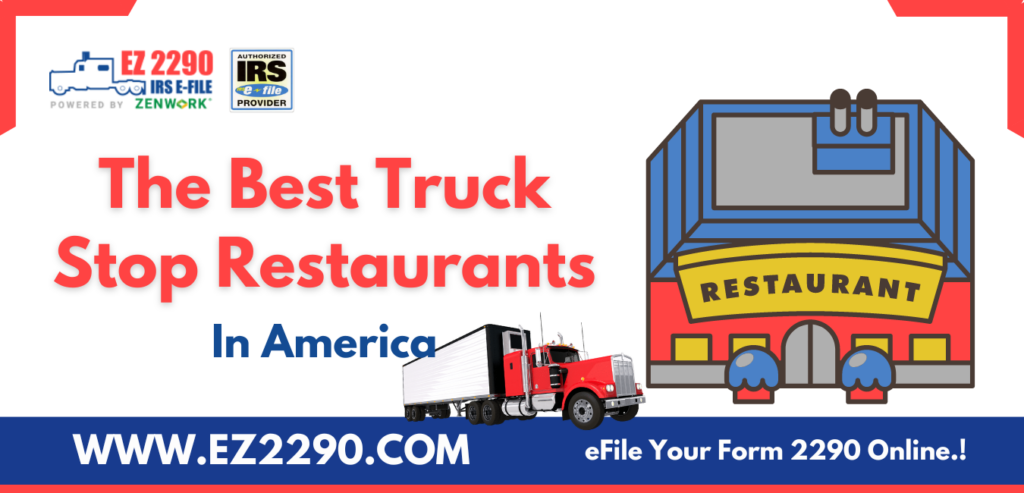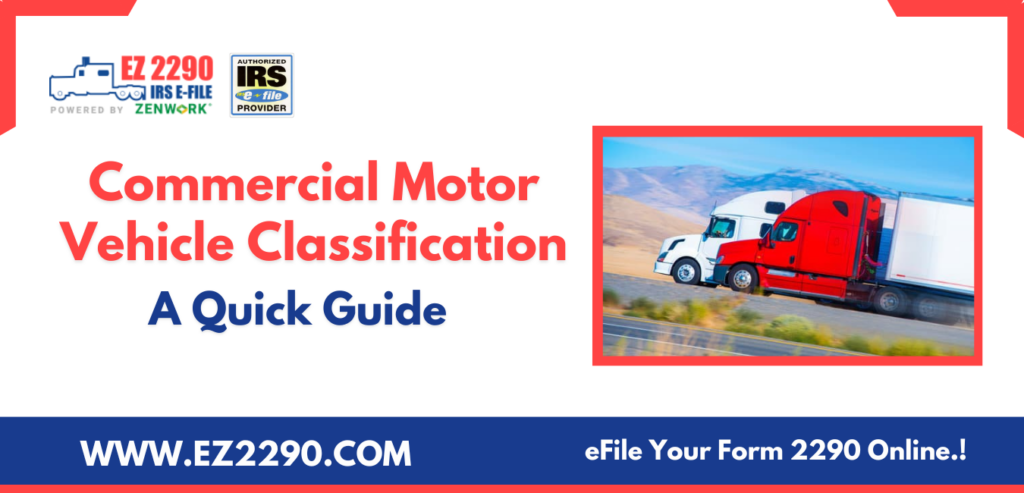
Here’s a simple guide to help you understand CMV classification.
Did you know that there are approximately eight types of commercial motor vehicle categories in the U.S.? That’s right. The U.S. recognizes eight different classes of commercial motor vehicles and these classes are further clubbed and sub-divided into three, smaller categories.
Each of these categories designates vehicles in accordance with their gross weight. For starters, there are light-duty vehicles, medium-duty vehicles, and heavy-duty vehicles.
The gross vehicle weight rating or GVWR is considered to classify the vehicles or trucks that operate on U.S. highways.
This is why the HVUT tax laws specifically talk about ‘Heavy Highway Vehicles’ which meet the gross taxable weight qualifications.
If you don’t already know, the IRS requires trucking businesses to report and file a 2290 HVUT form if the gross weight of the vehicle is 55,000 pounds or more. The vehicle is taxed per the gross taxable weight and the month of first use.
Let’s learn more about the commercial motor vehicle classifications in the following discussion.
Gross Vehicle Weight Rating: An Overview
Here’s a simple way to understand this concept.
- GVWR is a safety standard that applies to all heavy vehicles that operate on highways.
- It’s a safety regulation mandated to prevent vehicle overloading.
- The combined weight of the maximum weight-bearing components, such as the axles; and the weaker components, such as the body, frame, suspension, and tires, are considered when determining the GVWR
- The manufacturer defines the maximum safest weight capacity of the vehicle.
- This is the safest weight recommended for a vehicle for commercial transportation purposes.
Driving a heavy truck within the GVWR classifications is not easy.
This is why truck drivers are required to get special training and licenses to drive the vehicles.
Let’s take a look at different commercial motor vehicle classifications.
Gross Vehicle Weight Rating Classification For Commercial Motor Vehicles
According to the U.S. Department of Energy, here’s a simplified representation of trucks in accordance with their GVW rating.
| Gross Vehicle Weight Rating | Vehicle Class | GVWR Category |
| Less than 6000 pounds | Class 1: <6000 Ibs | Light Duty |
| 10,000 pounds | Class 2: 6001-10,000 Ibs | Light Duty |
| 14,000 pounds | Class 3: 10,001-14,000 Ibs | Medium Duty |
| 16,000 pounds | Class 4: 14,001-16,000 Ibs | Medium Duty |
| 19,500 pounds | Class 5: 16,001-19,500 Ibs | Medium Duty |
| 26,000 pounds | Class 6: 19,501-26,000 Ibs | Medium Duty |
| 33,000 pounds | Class 7: 26,001-33,00 lbs | Heavy Duty |
| More than 33,000 pounds | Class 8: <33,001 Ibs | Heavy Duty |
Light Duty Vehicles
- Vehicles with a gross weight of 6,000 pounds or less are usually considered to be light-duty vehicles.
- These vehicles are classified as ‘Class 1’ and ‘Class 2’ vehicles.
Medium Duty Vehicles
- Vehicles that have a GVWR of 10,001–14,000 pounds are classified ‘Class 3’ vehicles.
- Vehicles that have a GVWR of 14,001–16,000 pounds are classified ‘Class 4’ vehicles.
- Vehicles that have a GVWR of 16,001–19,500 pounds are classified ‘Class 5’ vehicles.
- Vehicles that have a GVWR of 19,501–26,000 pounds are classified ‘Class 6’ vehicles.
Heavy-Duty Vehicles
Vehicles that have a GVWR of 26,001 to 33,000 pounds are classified ‘Class 7’ vehicles.
Vehicles that have a GVWR of more than 33,000 pounds are classified ‘Class 8’ vehicles.
Truck drivers need to get a special Commercial Driving License (CDL) for heavy duty vehicles to stay compliant with the highway authorities and the DOT.
If you’re an owner-operator/truck driver, it’s important to keep yourself posted on this information and familiarize yourself with the vehicle classifications. This will help you determine the load weight capacity of the vehicles and the gross taxable weight of the truck. This will also help you plan your load trips accordingly.
The vehicle classification information can be used to determine the HVUT qualifications.
If you’ve been in business long enough, you must already be familiar with 2290 return filings.
Every owner-operator, small truck business, and even a fleet company that operates trucks weighing 55,000 pounds or more, is required to file a Form 2290, according to the IRS.
So, when you plan on filing your 2290 returns, do it with EZ2290 – an HVUT compliance enabler.
EZ2290 enables:
- Quick and easy bulk data import
- Real-time TIN matching
- Dynamic form completion
- Automatic HVUT tax calculations
- Secure & encrypted eFile transmissions
- Free 2290 VIN Corrections
- Free Re-files for rejected returns
- Online options to pay your HVUT with convenience
- Priority 2290 tax support
And much more.
Calculate HVUT Tax Now | Get Started For Free
Other Useful Reads From Ez2290 Blog
